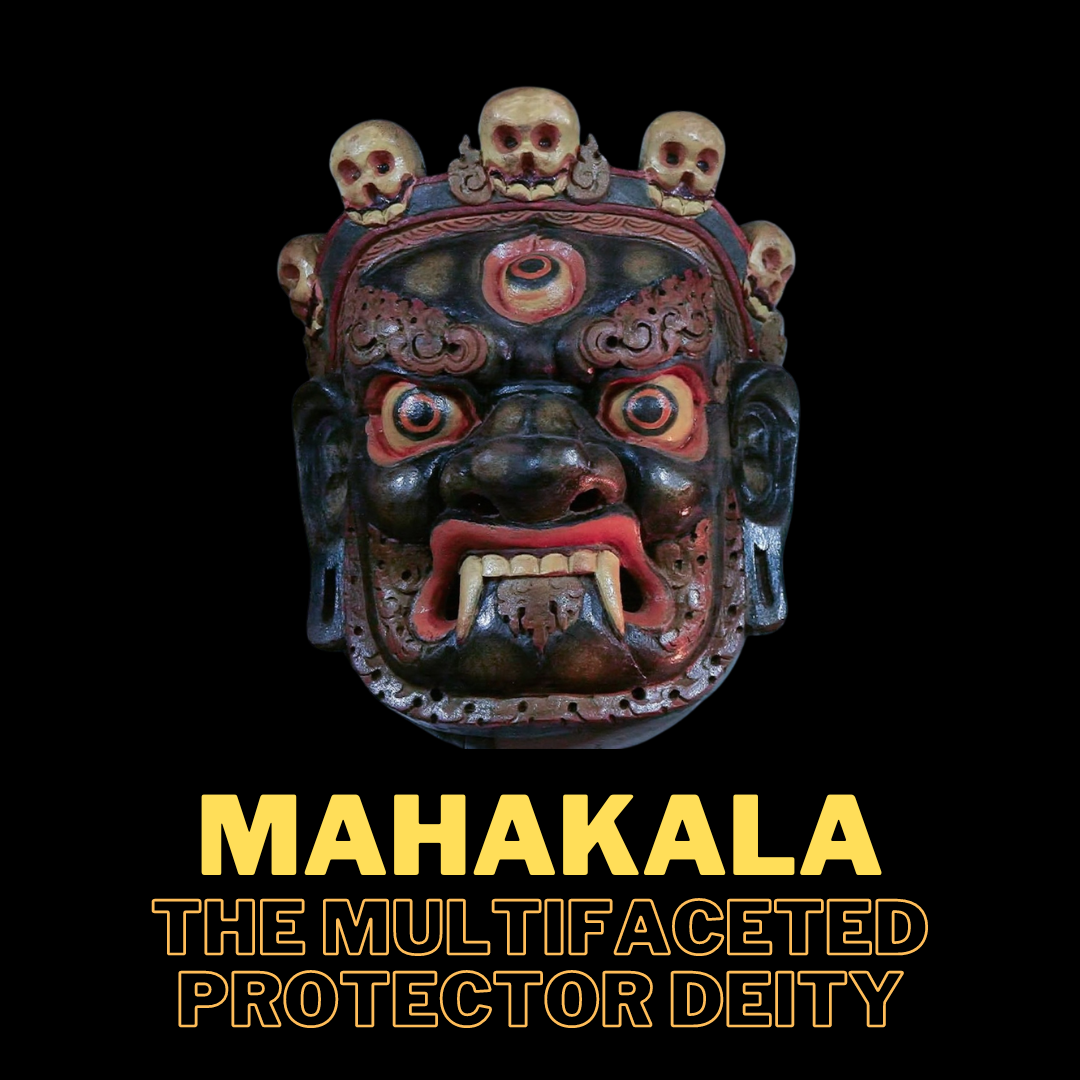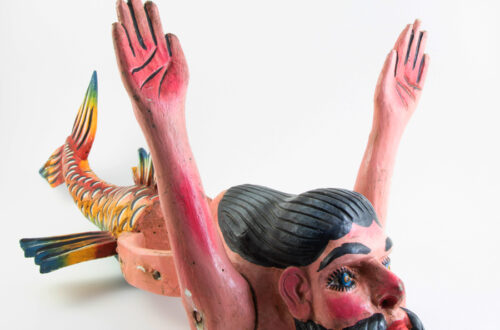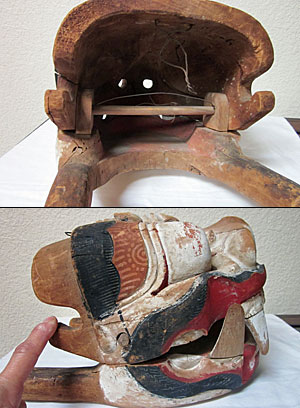In the rich and colorful mosaic of Eastern religious traditions, Mahakala emerges as a particularly compelling and revered figure. Celebrated in both Buddhism and Hinduism, he stands as a powerful guardian and protector, embodying the spiritual resilience needed to overcome evil and hardship. The intricate symbolism associated with Mahakala and his vital role in religious ceremonies underscore his significance not merely as a protector but also as a guide navigating devotees through the spiritual and worldly challenges they encounter.
In Tibetan Buddhism, Mahakala is celebrated as a Dharmapala, or a protector of dharma. This role sees him depicted in a variety of wrathful forms, each designed to ward off the spiritual corruption and negativity that can impede the faithful. Perhaps the most visually striking of his attributes is the crown of five skulls, which cap a visage of fierce eyes and snarling mouth. These skulls symbolize the transmutation of the five kleshas—mental states that cloud the mind such as desire, anger, and ignorance—into the five wisdoms of Buddhist teaching. This potent imagery reinforces Mahakala’s role as a transformative force, turning negative energies into enlightening insights.
Mahakala’s importance extends beyond mere symbolism. He is a central figure in many Tibetan Buddhist rituals, especially those involving protection and purification. His figures dominate thangkas, masks, and statues across the Himalayan region, serving not only as spiritual focal points but also as masterpieces of religious art. These items are often crafted with meticulous attention to detail and profound understanding of the deity’s attributes, underscoring their dual function as objects of veneration and works of art.
In Hinduism and Shaktism, Mahakala is similarly revered, often invoked for protection against evil. He bridges the cultural and spiritual gap between diverse religious practices, underscoring the shared need for protection and guidance against the universal challenges of human existence.
A Cultural Icon
Across the cultures that venerate him, Mahakala’s representations serve as potent reminders of the protective power available to the faithful. In art, his depictions are as varied as the aspects of protection he embodies, ranging from terrifying to solemn. Each thangka, mask, or statue of Mahakala carries a reminder of his protective presence, offering not just a spiritual shield but also a meditation on the power of transformation and enlightenment.
Mahakala remains a pivotal figure in the religious life of many communities, embodying the wrathful yet protective spirit necessary to foster spiritual growth and ward off negativity. His widespread representation in religious art not only beautifies places of worship but also serves as a constant reminder of the protective embrace provided by faith. Whether encountered in a misty Himalayan monastery or a bustling shrine in the heart of Tokyo, Mahakala stands as a guardian against darkness, guiding the faithful towards enlightenment with his fearsome power and benevolent protection.




